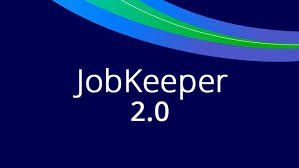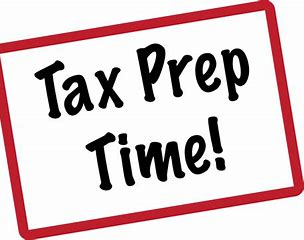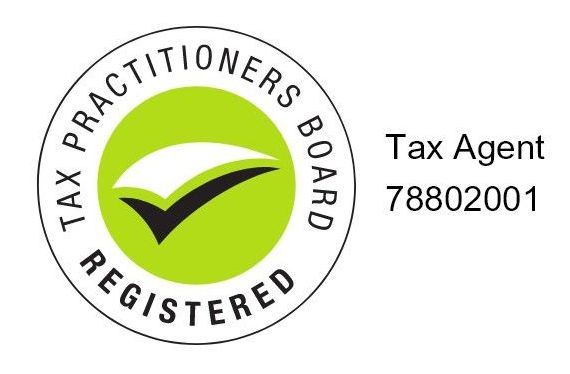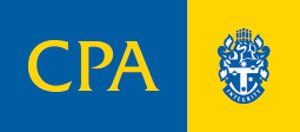O'Donoghue King is a CPA Practice
Contractors vs Employees
Here is what you need to know...
Do you sometimes need help in your business and pay people for their services to assist you? Independent contractors run their own business and charge you a price for their services to your business. There can be confusion as to who is a contractor and who could actually be considered an employee of your business. There are also reporting requirements for using contractors in your business.
What is in independent contractor?
An independent contractor:
- has established his or her own business
- is usually paid to achieve an agreed result
- Provides most or all of the equipment and tools required to perform the work
- usually bears the risk and cost of fixing their faulty work
- may be free to subcontract the work to others
- is free to refuse additional work
- usually has no right to employee entitlements such as paid leave.
Having an Australian Business Number (ABN) doesn't automatically make someone an independent contractor. Using someone for short-term jobs or during busy periods also makes no difference when determining if someone is a contractor or an employee or it may be easy to confuse a contractor for an employee, especially in the building and construction industry.
How is an employee different to a contractor?
An employee:
- cannot delegate the work agreed upon, they must complete the work
- is paid for the time worked, on a commission basis or paid a price per piece or activity
- is not required to supply tools or material, this is supplied by you
- has no commercial risk, this falls upon you as the employee
Common myths about contractors:
Myth: A worker cannot work more than 80% of their time for one business if they want to be considered a contractor.
Fact: The 80% rule, or 80/20 rule as it is sometimes called, relates to personal services income (PSI) and can change how a contractor reports their income in their own tax return and claims some business-like deductions. It's not a factor a business considers when they work out whether a worker is an employee or contractor.
Myth: My business has always used contractors, so we don't need to check whether new workers are employees or contractors.
Fact: Before hiring a new worker, you should always check whether the worker is an employee or contractor by examining the working arrangement. Unless a working arrangement (including the specific terms and conditions under which the work is done) is identical to a previous arrangement you've already checked, the outcome could be different. Hiring workers without checking the working arrangement could mean the business is incorrectly treating all future workers as contractors when they are employees.
Myth: If a worker is a contractor for one job, they will be a contractor for all jobs.
Fact:
The working arrangement and specific terms and conditions will determine whether a worker is an employee or contractor for each job. A worker could be an employee for one job and a contractor for the next job.
Reporting requirements for businesses using contractors:
If you are in the building and construction industry and your business seeks the services of a contractor in any given financial year, you are required to report the total payments you make to contractors to the ATO. You are required to report the contractors ABN, name, address, total gross payments made and the GST paid to the contractor if applicable.
Please feel free to contact our office if you need help determining if you are paying a contractor or an employee, or if you need more information about your reporting requirements to the ATO.
This information has been prepared without taking into account your objectives, financial situation or needs. Because of this, you should, before acting on this information, consider its appropriateness, having regard to your objectives, financial situation or needs
.
